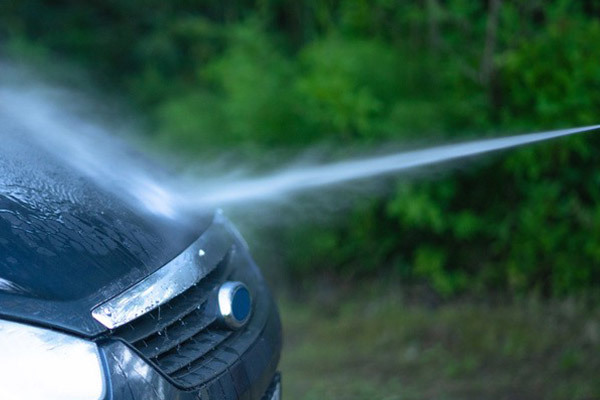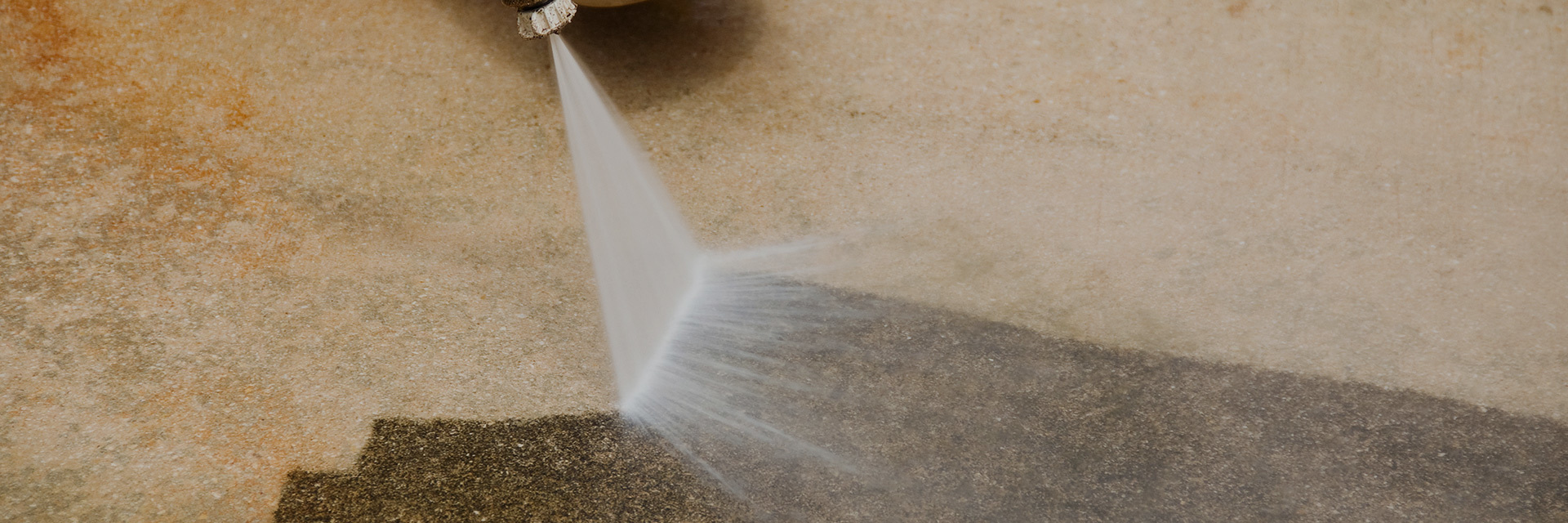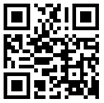Daily maintenance and precautions for high-pressure washers
2019-10-10

Pressure washer maintenance is divided into three levels.
A) Level one is daily maintenance by the operator, including regular checks of the normal operating status of each component, checking the correct and intact installation of connecting pieces and fasteners, and ensuring there are no faulty parts;
B) This involves regular inspection of valves, joints, spray guns, and other parts in the equipment. This work can be carried out by the operator under the guidance of a professional technician according to the regular maintenance procedures;
C) The third level is the maintenance of the pump and important components of the equipment, which must be carried out by professional technicians according to the prescribed procedures and the requirements of the equipment manufacturer.
1. High-pressure washer maintenance procedures
The equipment maintenance and maintenance procedures must clearly identify the easily damaged parts in the equipment; before and after cleaning, the assembly and disassembly of the equipment should include a special maintenance check of the spraying parts to ensure the normal operation of the equipment. Every connection, including threads and other internal parts often overlooked by operators, must be checked; the entire equipment must be checked and undergo necessary daily maintenance at least according to the manufacturer's requirements.
2. Power equipment
The power equipment must be checked daily to ensure the normal supply of fuel, oil, media, and cooling water; the belts should be tight and appropriate, without peeling, cracking, or other damage; all protective devices are safe and reliable, without damage. The control cables and prime mover control devices must be checked daily.
3. Water
Check the low-pressure water intake pipe before starting. The high-pressure pump can be equipped with a pre-pump to ensure sufficient water pressure and appropriate water flow. During operation, there should be sufficient water supply in the water tank, and there should be no rust or dirt in the water tank. The filters must be checked regularly to ensure that they are not clogged or damaged. When checking and replacing the cleaning filter, prevent solid particles from entering the pump and nozzle through the water intake pipe. The filtration accuracy and filtration area of the filter screen should be adapted to the equipment's requirements for water quality and quantity.
4. Hose assembly
Hoses and joints are very important for equipment operation. It is necessary to check for damage caused by wire breakage, compression, or wear, as well as internal cracks causing bubbles.
The hose wound on the winch must not be excessively bent to avoid crushing or damage; the winch should have sufficient lubricant and good sealing to ensure its normal use.
5. Nozzle
Before installing the nozzle, the equipment pipeline should be flushed with water to ensure that the nozzle is not blocked or damaged, and that the nozzle connection threads are intact and undamaged; all damaged spraying parts must be repaired or replaced before use.
6. Valves
Before operation, the cleanliness and performance of the control valve, pressure regulating valve (overflow safety valve), and safety valve must be checked. Various valves should be regularly checked and adjusted, and damaged parts of various valves should be repaired or replaced in time.
7. Electrical equipment
Electrical equipment requires special protection. Before operation, all electrical boxes, connectors, knobs, cables, meters, and instruments must be checked for damage; this check should be carried out daily to ensure that they are not damaged by water or abrasives during operation; all wire connections must be correctly placed; the motor must be correctly operated for the first time or after each rewiring.
8. Trailer
Check the trailer's brackets, connections, wheels (tires), etc., before each operation to maintain its integrity.
9. Special tools
Special tools provided and recommended by the manufacturer should be used for the disassembly and assembly of high-pressure components.
10. Antifreeze measures
When the equipment is used in a cold environment, antifreeze measures must be added. The specific method is: remove the spray gun (nozzle), insert the water outlet pipe into the water tank, start the circulation, and circulate the antifreeze into the equipment pipeline.
Other Information
Precautions before using a high-pressure washer
Small high-pressure cleaning machines use water as their working medium.
Is the high-pressure washer broken because it's not working?
If a high-pressure washer fails to draw water and the pressure gauge does not move after powering on, follow these troubleshooting steps.



